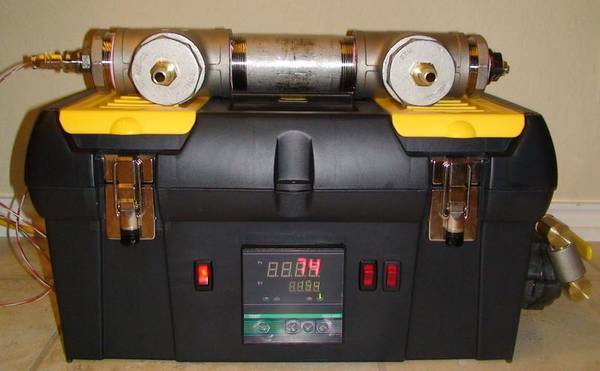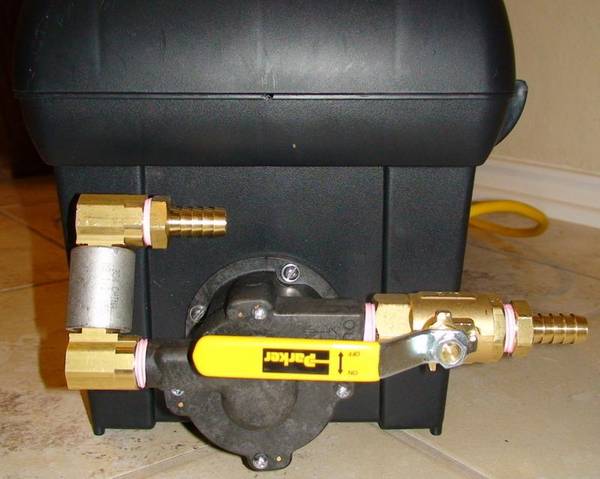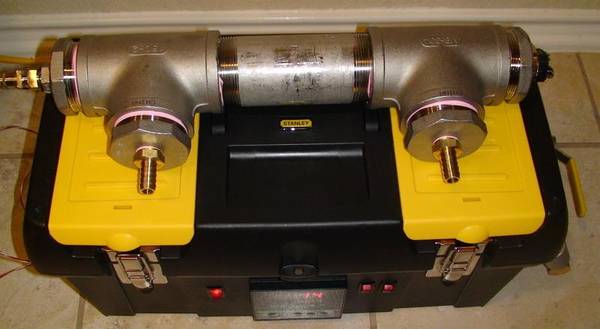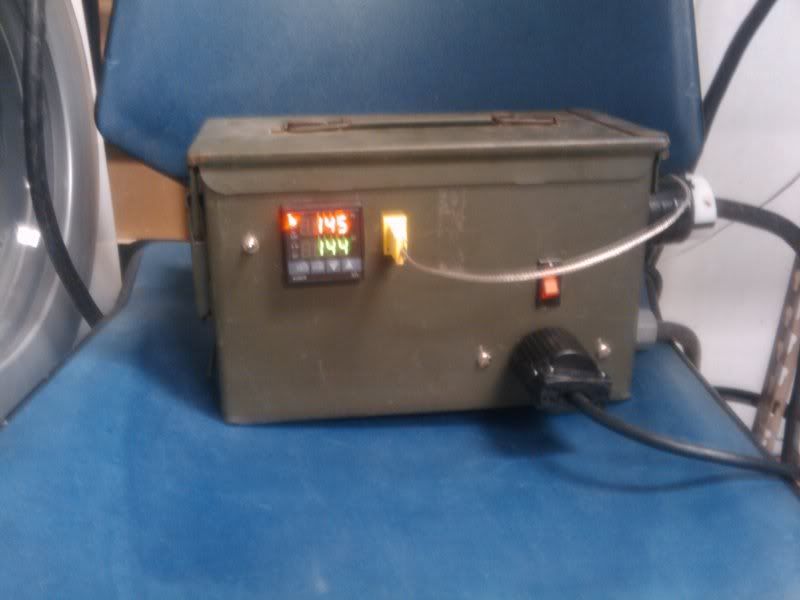Emian
Well-Known Member
How about doing it this way. It will require a DPDT Center Off switch. It should give you the control you want. If the element is energized the pump is also. The switch in the other position energizes the pump and disconnects power to the element. (BTW -With a 120V system you do not need to switch the neutral.)
Hope this helps.
I thought about doing that way - actually, just using one pole of the DP/ST switch to switch the pump, the other to switch the heater feed. The reason I didn't is because these are illuminated switches. I assumed there had to be a neutral at the switch for them to illuminate. I'm not sure thought as there is no iring explanation for the illumination...













